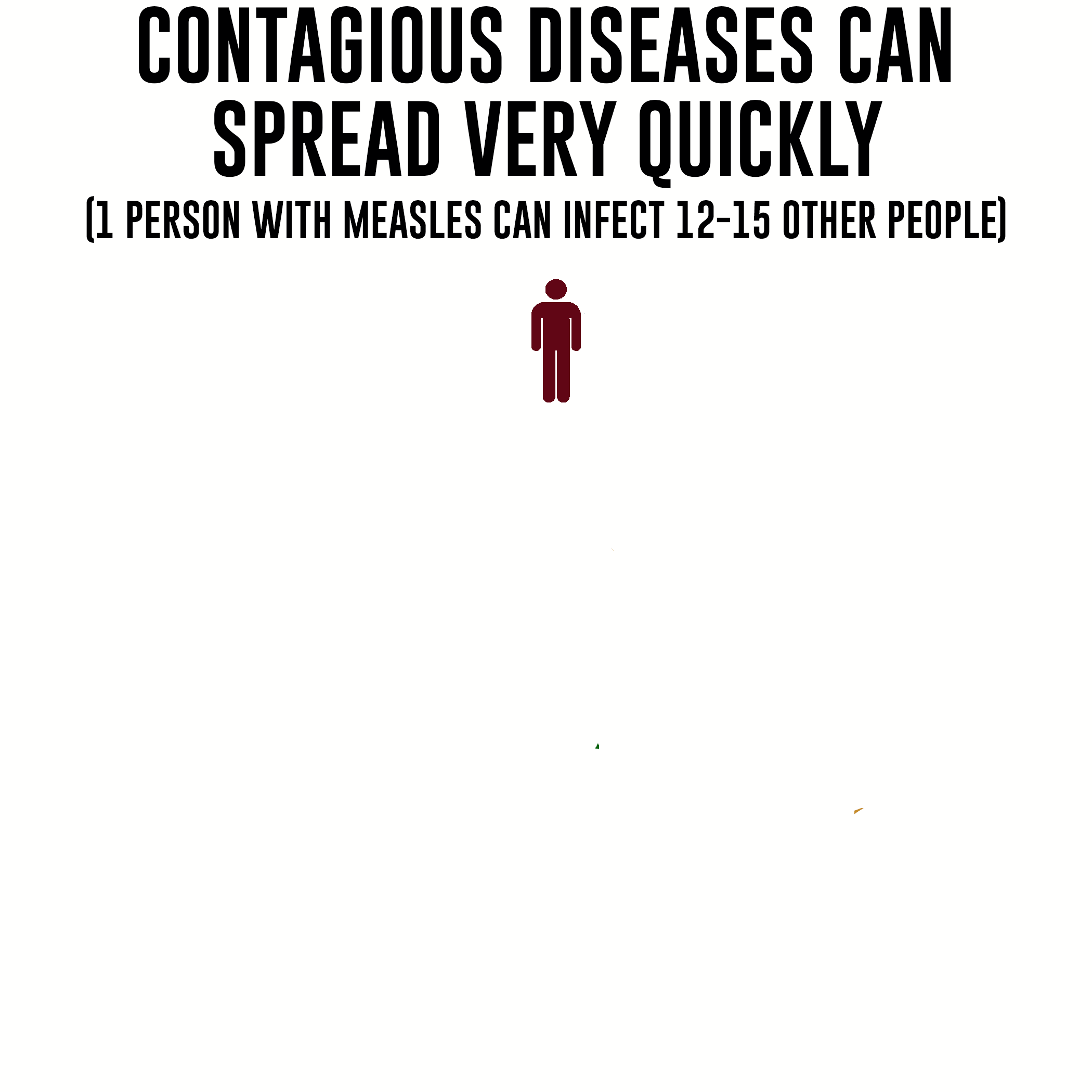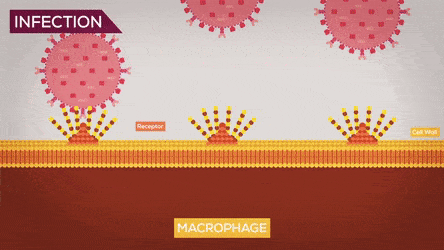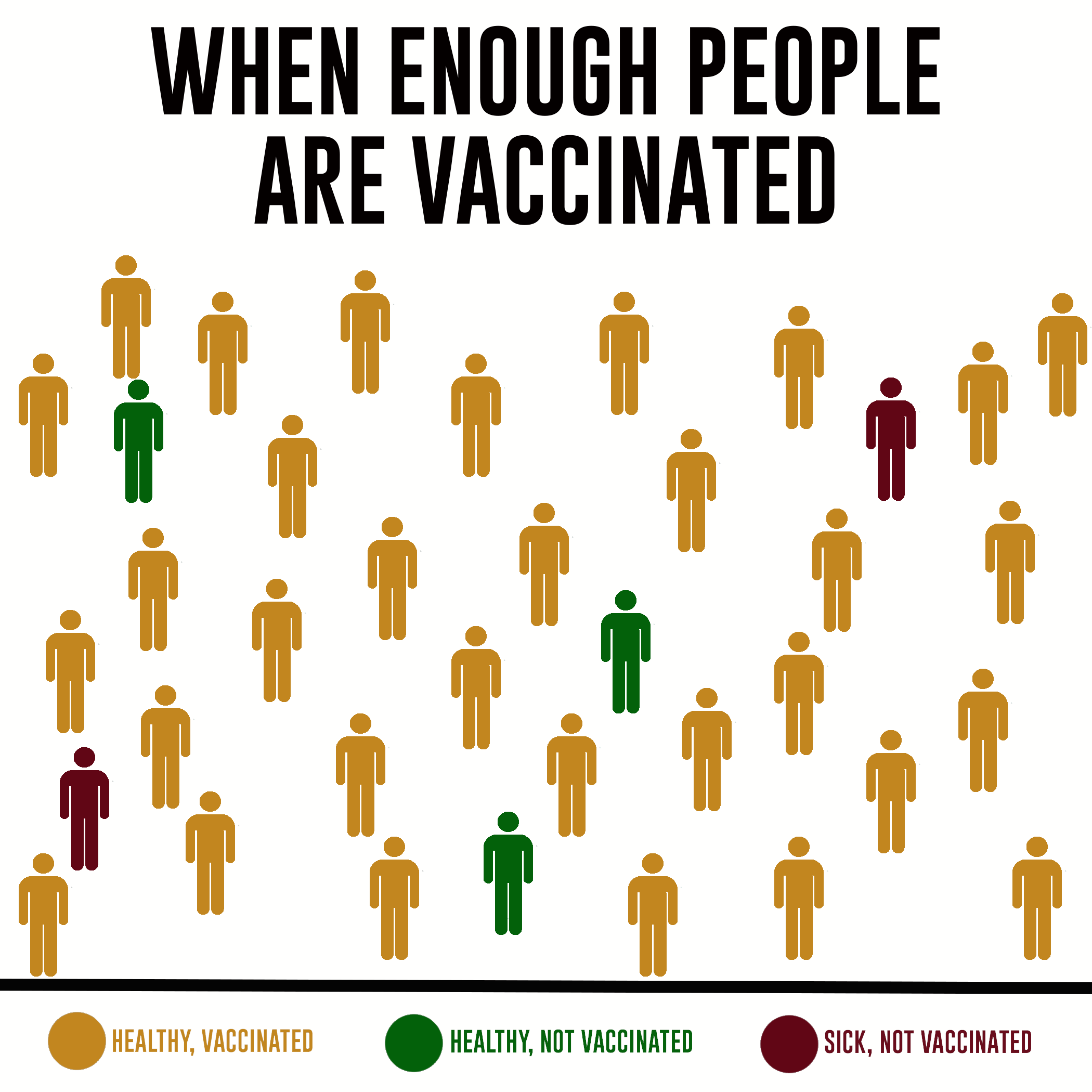
Fish Fertilize Trees
By Maya C. Lemaire


2018

2018

THE MEASLES CRISIS
UN Agency Chiefs Warn 'A Global Measles Crisis' is Well Underway
Snapshot
-
Cases of Measles are soaring across the world, including in places that had previously been eliminated like the United States
-
Measles cases are up nearly 300% since last year
-
UNICEF refers to measles as 'the canary in the coal mine of vaccine preventable illnesses'
-
Thailand named a 'reservoir of the disease', and one of the 'seeding nations' blamed for for the Measles outbreak
-
Thailand categorized in the Top 10 highest increases in cases between 2017 and 2018
-
The 'Anti-vax' movement, one of the top 10 most pressing health concerns, is creeping into Thailand, causing detrimental consequences
What is Measles?



Symptoms
Symptoms include one of the 3 Cs:
-
Cough
-
Coryza (runny nose)
-
Conjunctivitis (inflamed eyes)
Symptoms appear 9-11 days after initial infection, including these:
-
Fever
-
Sore throat
-
Koplik's spots: tiny white spots with bluish-white centers on a red background found inside mouth on inner lining of cheek
-
Skin rash: large, flat blotches that often flow into one another
-
Sensitivity to light
-
Body aches
Possible Health Complications
-
Pneumonia
-
Encephalitis (irritation and swelling of the brain)
-
Ear infections
-
Croup
-
Diarrhoea
Contraction Timeline
10-14 days after contraction
Measles is incubating
No sign/symptoms
15-18 days
Nonspecific signs and symptoms e.g. cough/runny nose
18 days+
Acute illness and rash
Face breaks out first, and then the rash spreads down the arms and trunk and over the thighs and lower legs and feet
4-12 days after rash appears
Communicable period: when a person can spread the virus to others
Prevention
Once contracted, measles can be highly fatal, but it can be easily prevented by vaccinations.
Sometimes people depend on 'herd immunity', which is when the majority of a community is immunised, decreasing the chances of an outbreak.
The MMRV (measles-mumps-rubella-varicella) vaccine should be administered to children when they're 12-15 months old, and again at the age of 4-6.
99% effective in preventing measles infection.
Treatment
Doctors can give an injection of measles antibodies (immunoglobulin), which is effective when given within 6 days of contraction.
Who is at highest risk during a measles outbreak?
-
Pregnant women
-
Unvaccinated infants
-
People with weakened immune systems





Overview
Measles is a highly contagious disease (even more contagious than Tuberculosis or Ebola), also known as Rubeola. It is highly a vaccine-preventable disease, but still kills over 100,000 people per year - mostly infants under the age of 5. About 90% of susceptible people who are exposed to the virus will be infected.
Cause
There are 2 types of measles: Rubella (German Measles) and standard measles. Rubella is caused by the Rubella virus, while measles, the standard form, is caused by the rubeola virus (member of genus Morbillivirus, in the family paramyxoviridae) which lives in the mucus of the nose and throat of an infected child/adult. As soon as it enters the body, it multiplies in the back of the throat, lungs, and the lymphatic system. It later infects and replicates in the urinary tract, eyes, blood vessels and central nervous system. It takes 1-3 weeks to establish itself but symptoms appear between 9 and 11 days after initial infection. It can be spread by droplets, or direct contact with nasal/throat secretions of infected persons. It can also be airborne spread, e.g. via sneezes, but it is more commonly contracted by direct contact, like touching the infected surface and putting fingers in your mouth. When a virus enters an environment, it can remain active and contagious for several hours. Scientists have identified 21 strains of the measles virus.
How Effective is the Measles Vaccine?
-
CDC estimates that antibodies develop in approximately 95% of children vaccinated at 12 months
-
Second dose of MMR: stimulates a protective immune response in 99% of recipients
-
CDC states vaccine-induced immunity 'appears to be long-term and probably lifelong in most persons'
-
Third MMR vaccine does not appear to be effective
-
Infants vaccinated under 1 year of age born to mothers with natural measles infection may not develop lasting vaccine acquired antibodies, because natural maternal antibodies interfere with vaccine-induced antibodies.
-
Additionally infants born to mothers who were vaccinated had lower levels of maternal antibodies, and lost them sooner in comparison to infants born to mothers who had developed natural immunity from prior infection. As a result, babies born to vaccinated mothers may be at a greater risk of developing measles due to the poor quality and short duration of maternal antibodies.
-
Vaccine failure due to waning immunity can occur
-
1 in 10 measles vaccinated individuals may be at risk of measles due to vaccine waning
-
Exposure to natural measles is necessary for the maintenance of protective antibodies in vaccinated persons
-
2017: Outbreak of measles occurred among young soldiers in Israel; primary patient involved in outbreak had received 3 doses of measles vaccine

The History of Measles
Pre-Vaccine Era
9th Century: Persian doctor published a written account of the Measles disease
1757: Francis Home demonstrate that blood contains the infectious agent
1912: Measles became a nationally notifiable disease in the United States. Deaths averaged 6000 per year.
Before vaccinations, 3-4 million people were infected each year, with most children contracting measles before the age of 15
Vaccine Development
1954: John F. Enders and Thomas C. Peebles isolated measles in a patient's blood.
1963: John Enders transformed the Edmonston-B strain of measles virus into a vaccine and licensed it in the United States.
1968: Maurice Hilleman began to distribute an improved version of the vaccine
Measles 'Elimination'
1978: CDC set a goal to eliminate measles from the U.S.
1981: Number of reported measles cases was 80% less compared with the previous year
2000: Due to absence of continuous disease transmission for over a year, Measles was declared eliminated.
Present Day
-
2018: The World Health Organization states cases of Measles went up by 50%, killing around 136,000 people.
-
Reports of measles wreaked havoc in several European countries: high reported cases in Romania and Italy.
In Thailand, a 30-year old man became infected.
Causes of the resurgence of the disease: ANTI-VACCINATION
WHO has listed 'vaccine hesitancy' among the Top 10 most pressing global health threats for 2019.
There are medically baseless claims linking the measles vaccine to autism, spread by the so-called anti-vax movement.
UN agency heads lamented: "in several high and middle income countries there are parents who are delaying or refusing to vaccinate their children because they're unsure of the need for vaccines or that vaccines are safe". Uncertainty is fueled by confusing, contradictory online information, with harmful content transmitted on digital channels. In a world where algorithms reward controversy and clicks, false information delivered for the 'shock factor' is on the rise.
Religion
There have been some misconceptions among the Muslim population about the nature of the vaccine
Islam prohibits consumption of pork, and vaccine makers sometimes use gelatin derived from pork products. However, health officials have claimed that these vaccine products do not contain porcine gelatin.
According to the Thai Health Ministry's Prevention and Control office, misunderstandings have led to a mere 60% of the population receiving immunisation. However, 95% of the population must be vaccinated for a community to be considered immune.
Will Thailand no longer be able to depend on herd immunity during this epidemic?
UN states a 'collective' response is needed
Digital companies, including Facebook and Amazon, need to stake steps to eliminate the myths over vaccination safety and promote scientific literacy on health and vaccines
Governments must invest in primary care and immunization.
WHO and UNICEF are currently working with partners like Vaccine Alliance to ensure that vaccines reach more people than ever before.
"It will take long-term efforts, political commitment and continuous investment, in vaccine access, in service quality and in trust, to ensure we are, and remain, protected together", says the agency heads.




.jpeg)



Bibliography and Further Reading:
https://en.wikipedia.org/wiki/File:Measles_world_map-Deaths_per_million_persons-WHO2012.svg
https://kidshealth.org/en/parents/measles.html
https://www.medicalnewstoday.com/articles/37135.php
https://www.cdc.gov/measles/about/history.html
https://www.bangkokpost.com/news/world/1637286/thailand-among-countries-blamed-for-soar-in-measles
http://www.searo.who.int/thailand/publications/2013/final_measles_elimination.pdf
https://www.nvic.org/vaccines-and-diseases/measles/measles-vaccine-effectiveness.aspx
https://news.un.org/en/story/2019/04/1036701
https://www.bangkokpost.com/news/special-reports/1647204/minding-the-measles

Herd Immunity, Illustrated
Written by Varisa (Fern) Tantivess
Year 12 Student at Bangkok Patana School